- The Benefits of Pruning Conifers in Early Autumn
- Promotes Healthy Growth
- Prevents Disease Spread
- Improves Aesthetic Appeal
- Timing is Key
- Promote Healthy Growth
- 1. Start with a plan
- 2. Use the right tools
- 3. Remove dead and diseased branches
- 4. Prune for shape and size
- 5. Take care of wounds
- 6. Regular maintenance
- Enhance Vibrant Landscapes
- 1. Regular Pruning
- 2. Prune with Precision
- 3. Remove Excess Foliage
- 4. Mulch and Fertilize
- 5. Seek Professional Advice
- Control Growth Patterns
- 1. Prune to Shape
- 2. Direct Growth
- 3. Maintain Health
- 4. Create Visual Interest
- 5. Regular Maintenance
- Shape and Structure
- Benefits of Shaping Conifers
- Techniques for Shaping Conifers
- Timing of Pruning
- Disease Prevention
- 1. Choose Disease-Resistant Varieties
- 2. Plant in Well-Drained Soil
- 3. Provide Adequate Air Circulation
- 4. Clean and Sterilize Pruning Tools
- 5. Remove Diseased Plant Material
- 6. Avoid Overwatering
- 7. Apply Fungicides as Preventive Measures
- Pest Control
- Preventing Pest Infestation
- Identifying Pest Infestation
- Controlling Pest Infestation
- Professional Help
- Encourage Air Circulation
- Improving Light Exposure
- Questions and Answers:
- Can I prune my conifers in early autumn?
- What are the benefits of pruning conifers in early autumn?
- How should I prune my conifers in early autumn?
- Are there any specific conifers that should not be pruned in early autumn?
- How often should I prune my conifers in early autumn?
- Videos: Starting Fall Crops and Pruning — Here’s What’s Happening in July in My Garden
Fall is a crucial time for gardeners to give their conifers some much-needed attention. As the days begin to shorten and temperatures start to drop, it’s the perfect time to prune conifers to ensure healthy growth and vibrant landscapes. Pruning conifers in early autumn offers a wealth of benefits, from improving the overall health of the plants to enhancing their visual appeal.
One of the main reasons for pruning conifers in early autumn is to remove any damaged or diseased branches. This helps to prevent the spread of disease and allows the tree to focus its energy on healthy growth. Regular pruning also helps to maintain the shape and structure of the conifers, preventing them from becoming overgrown and unsightly.
Pruning conifers in early autumn also allows gardeners to shape the trees and create a visually appealing landscape. By selectively removing certain branches, you can open up the tree’s canopy, allowing more light and air to reach the inner branches. This helps to promote healthy growth and prevent the development of dense, tangled foliage.
Additionally, pruning conifers in early autumn can help to maintain a manageable size for the trees. This is particularly important for conifers that are located near buildings or other structures. By carefully removing certain branches, you can prevent the conifers from becoming too large and obstructing views or causing damage.
In conclusion, pruning conifers in early autumn is essential for maintaining healthy growth and creating vibrant landscapes. By removing damaged or diseased branches, shaping the trees, and maintaining a manageable size, gardeners can ensure the long-term health and beauty of their conifers.
The Benefits of Pruning Conifers in Early Autumn
- Pruning conifers in early autumn is a beneficial practice that can help promote healthy growth and vibrant landscapes.
- By removing dead or damaged branches, pruning encourages new growth and allows for better air circulation within the tree, which can help prevent the spread of disease.
- Pruning also helps shape the conifer, giving it a more aesthetically pleasing appearance and allowing it to fit in better with its surroundings.
Promotes Healthy Growth
Pruning conifers in early autumn stimulates new growth by removing dead or dying branches. This allows the tree to focus its energy on developing healthy branches and foliage. It also helps improve air circulation within the tree, which can reduce the risk of fungal diseases.
Prevents Disease Spread
Removing dead or diseased branches during pruning can help prevent the spread of disease within the conifer. Fungal pathogens can easily take hold in decaying wood, and by eliminating these branches, you can reduce the risk of the entire tree becoming infected.
Improves Aesthetic Appeal
Pruning conifers in early autumn helps maintain the desired shape and size of the tree. By removing any unwanted or overgrown branches, you can create a more visually appealing landscape. This can also help the conifer fit in better with its surroundings.
Timing is Key
Early autumn is an ideal time to prune conifers because the tree has finished its active growth period for the year. Pruning at this time allows the wounds to heal before winter sets in, reducing the risk of disease and pests entering the tree through the cut branches.
| Benefits of Pruning Conifers in Early Autumn |
|---|
| Promotes healthy growth |
| Prevents disease spread |
| Improves aesthetic appeal |
| Timing is key |
Promote Healthy Growth
Pruning conifers in early autumn is a great way to promote healthy growth and vibrant landscapes. By removing dead, damaged, or diseased branches, you can improve the overall health and appearance of your conifers. Here are some tips on how to promote healthy growth through pruning:
1. Start with a plan
Before you begin pruning, it’s important to have a plan in place. Determine the desired shape and size of your conifers, and identify which branches need to be removed. This will help you stay focused and ensure that you don’t make any unnecessary cuts.
2. Use the right tools
Using the right tools is essential for a successful pruning session. Make sure you have sharp, clean pruning shears or loppers. This will make it easier to make clean cuts and reduce the risk of introducing infections or diseases to your conifers.
3. Remove dead and diseased branches
Dead and diseased branches not only look unsightly but they can also hinder healthy growth. By removing these branches, you can improve air circulation and allow more sunlight to reach the inner parts of the tree, promoting new growth.
4. Prune for shape and size
If you want to control the shape and size of your conifers, selective pruning is key. Remove branches that are growing in undesirable directions or that are crowding other branches. This will help maintain an attractive shape and prevent the tree from becoming too dense.
5. Take care of wounds
After pruning, it’s important to take care of the wounds to prevent infections. Apply a pruning sealant or tree wound dressing to the cut areas to help them heal faster. This will also discourage pests and diseases from entering the tree.
6. Regular maintenance
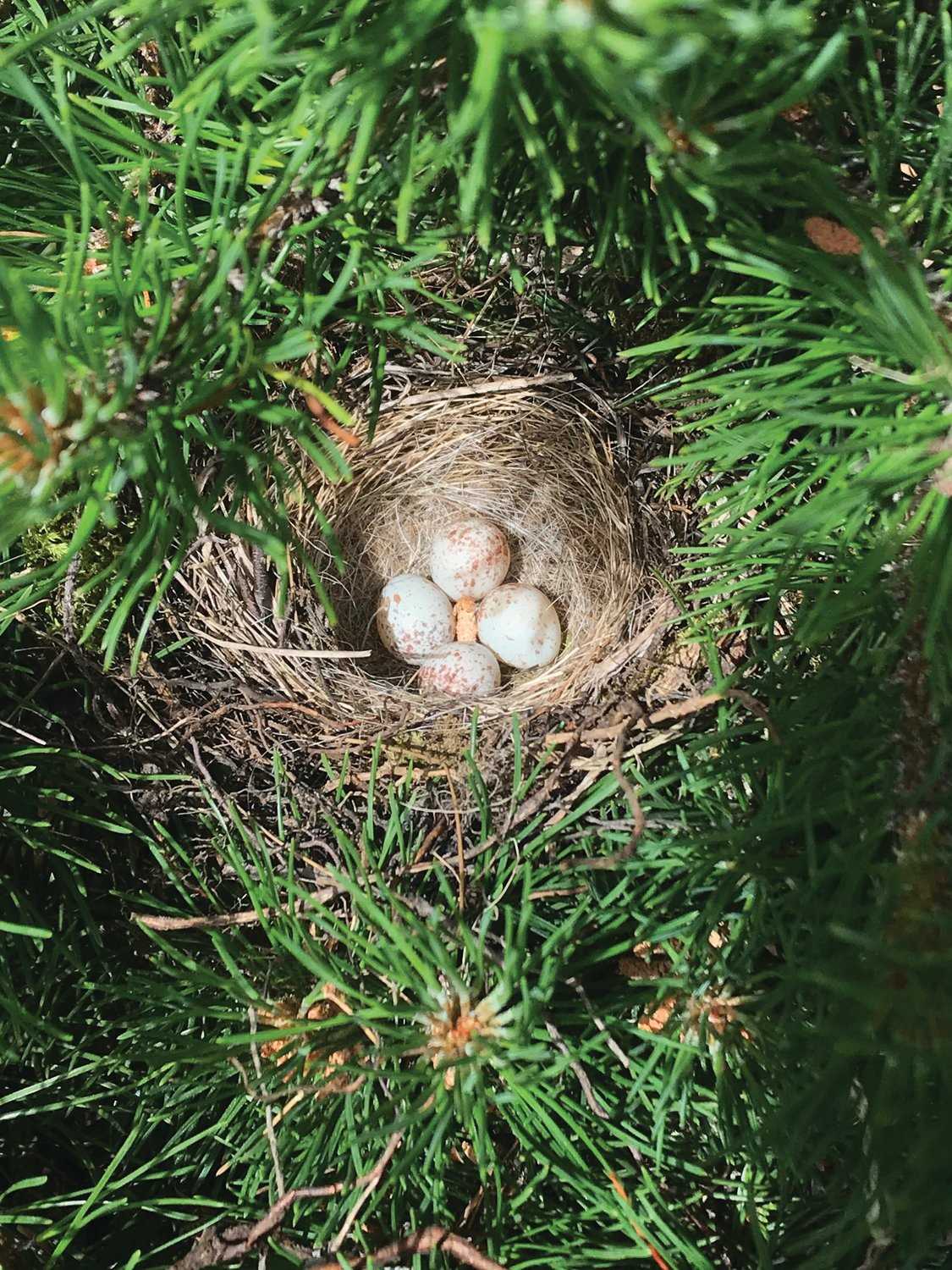
Pruning is not a one-time task. To promote healthy growth and vibrant landscapes, regular maintenance pruning is necessary. Keep an eye on your conifers throughout the year and remove any dead or damaged branches as soon as you notice them.
By following these pruning tips, you can ensure healthy growth and vibrant landscapes for your conifers. Pruning in early autumn not only helps improve the health and appearance of your trees but also prepares them for the harsh winter months ahead.
Enhance Vibrant Landscapes
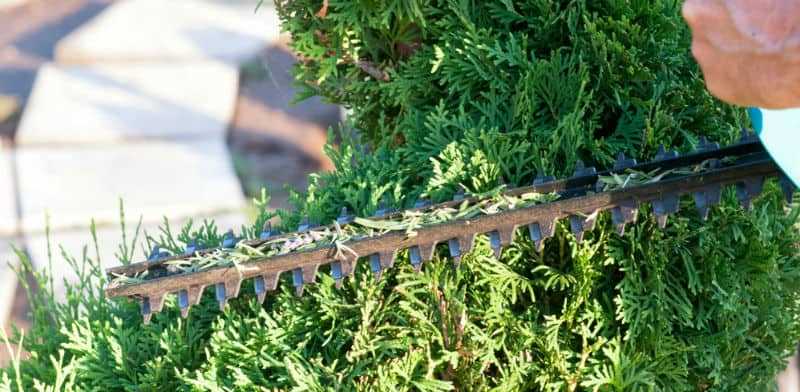
To create and maintain vibrant landscapes, it is important to pay attention to the health and appearance of your conifers. By properly pruning your conifers in early autumn, you can enhance the overall beauty of your landscape and ensure healthy growth. Here are a few tips to help you achieve vibrant landscapes:
1. Regular Pruning
Regular pruning is essential to maintain the shape and size of your conifers. It helps remove any dead or diseased branches, improves air circulation, and allows more sunlight to reach the inner branches. This promotes healthy growth and prevents the development of fungal infections.
2. Prune with Precision
When pruning your conifers, it is important to use sharp and clean tools to make precise cuts. Avoid removing too much green foliage as it can weaken the tree and affect its overall health. Cut back only the necessary branches to maintain the desired shape and size.
3. Remove Excess Foliage
Conifers tend to accumulate excess foliage, especially towards the center of the tree. Removing this excess foliage allows more light to penetrate through the branches, resulting in a healthier and vibrant appearance. Be careful not to over-prune and maintain a balance between foliage removal and preserving the overall shape of the tree.
4. Mulch and Fertilize
After pruning, mulch the base of the conifers to retain moisture, suppress weeds, and provide nutrients to the tree. Additionally, fertilizing your conifers in early autumn can promote healthy growth and vibrant foliage. Use a slow-release fertilizer specifically formulated for conifers and follow the instructions on the packaging.
5. Seek Professional Advice
If you are unsure about how to prune your conifers or need advice on maintaining a vibrant landscape, consider consulting a professional arborist or landscaper. They can assess your specific needs and provide expert guidance to help you achieve the desired results.
By following these tips, you can enhance the vibrancy of your landscapes and create an inviting and visually stunning outdoor environment. Remember to regularly inspect your conifers and address any issues promptly to ensure their long-term health and beauty.
Control Growth Patterns
Pruning conifers in early autumn is a great way to control their growth patterns and promote healthy, vibrant landscapes. By shaping and directing the growth of conifers, you can create a visually appealing and well-maintained outdoor space.
1. Prune to Shape
One of the main reasons for pruning conifers in early autumn is to shape them according to your desired growth pattern. By selectively removing branches and foliage, you can control the overall shape and size of the conifer. This allows you to create a more symmetrical and aesthetically pleasing tree or shrub.
2. Direct Growth
Pruning can also help direct the growth of conifers in a specific direction. By removing branches that are growing too close to buildings, walkways, or other plants, you can prevent overcrowding and allow for proper air circulation. This can help prevent diseases and pests from affecting the conifers and surrounding plants.
3. Maintain Health
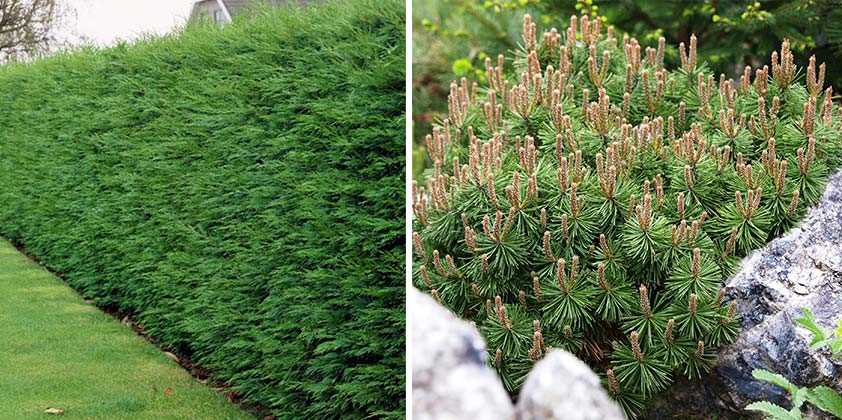
Regular pruning of conifers in early autumn helps promote their overall health. Removing dead or diseased branches allows the tree or shrub to allocate its resources more efficiently, leading to better growth and vitality. Pruning also helps improve sunlight penetration and air circulation, which are crucial for the health of conifers.
4. Create Visual Interest
Pruning conifers can be done to create visual interest and add diversity to your landscape. By pruning branches selectively, you can create unique shapes and forms, such as topiaries or espaliers. This adds an artistic touch to your outdoor space and can make it more visually appealing.
5. Regular Maintenance

Pruning conifers in early autumn should be part of your regular landscape maintenance routine. By pruning regularly, you can ensure that the conifers stay in the desired shape and size. It is important to follow proper pruning techniques and avoid removing too much foliage at once, as this can cause stress to the tree or shrub.
Overall, pruning conifers in early autumn is a beneficial practice for controlling growth patterns, promoting health, and enhancing the visual appeal of your landscape. By investing time and effort in pruning, you can create a well-maintained and vibrant outdoor space.
Shape and Structure
Conifers are known for their unique and distinctive shapes, which can add visual interest and structure to a landscape. However, without proper pruning, their growth can become unruly and unmanageable. Pruning conifers in early autumn is an excellent way to shape and maintain the structure of these trees and shrubs.
Benefits of Shaping Conifers
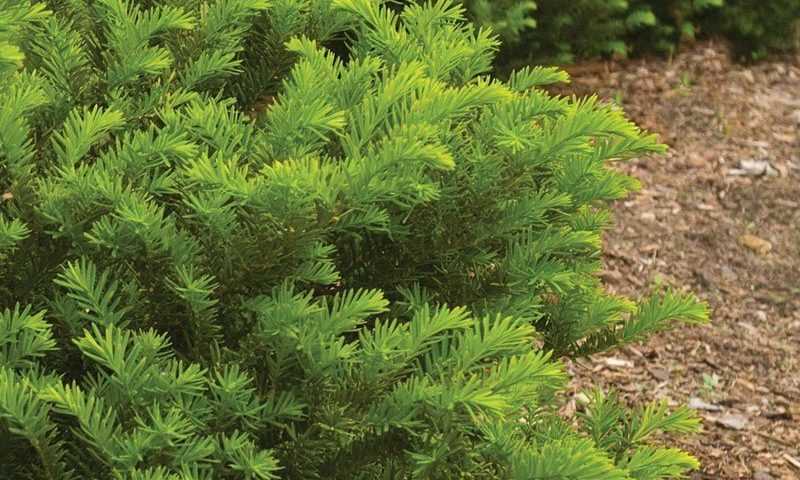
- Enhances Aesthetics: Shaping conifers helps create a visually appealing landscape by removing any overgrown or misshapen branches, giving them a more uniform and attractive appearance.
- Improves Air Circulation: Pruning opens up the canopy of conifers, allowing for better air circulation and reducing the risk of fungal diseases.
- Promotes Healthy Growth: By removing dead, damaged, or diseased branches, shaping conifers stimulates healthy growth and encourages the development of new foliage.
Techniques for Shaping Conifers
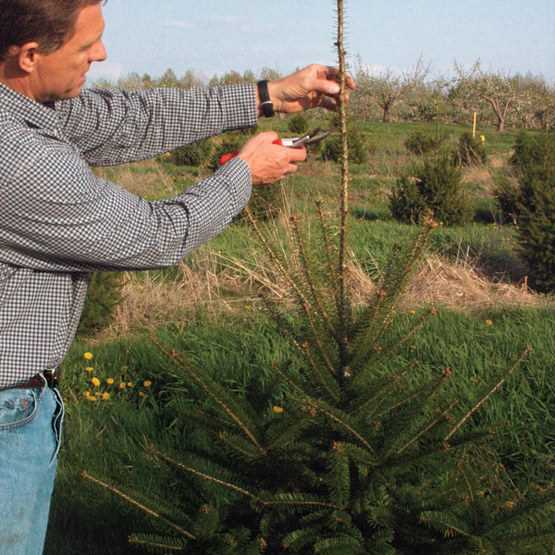
When it comes to shaping conifers, there are several techniques that can be employed:
- Shearing: Shearing is an effective technique for creating precise shapes and forms. It involves using shears to cut off the tips of the branches to control growth and maintain a desired shape.
- Thinning: Thinning is the process of selectively removing branches to improve the overall structure and allow more light to reach the interior of the tree or shrub.
- Raising: Raising involves removing the lower branches of conifers to create clearance and elevate the crown. This technique is often used to prevent obstruction of views or pathways.
Timing of Pruning
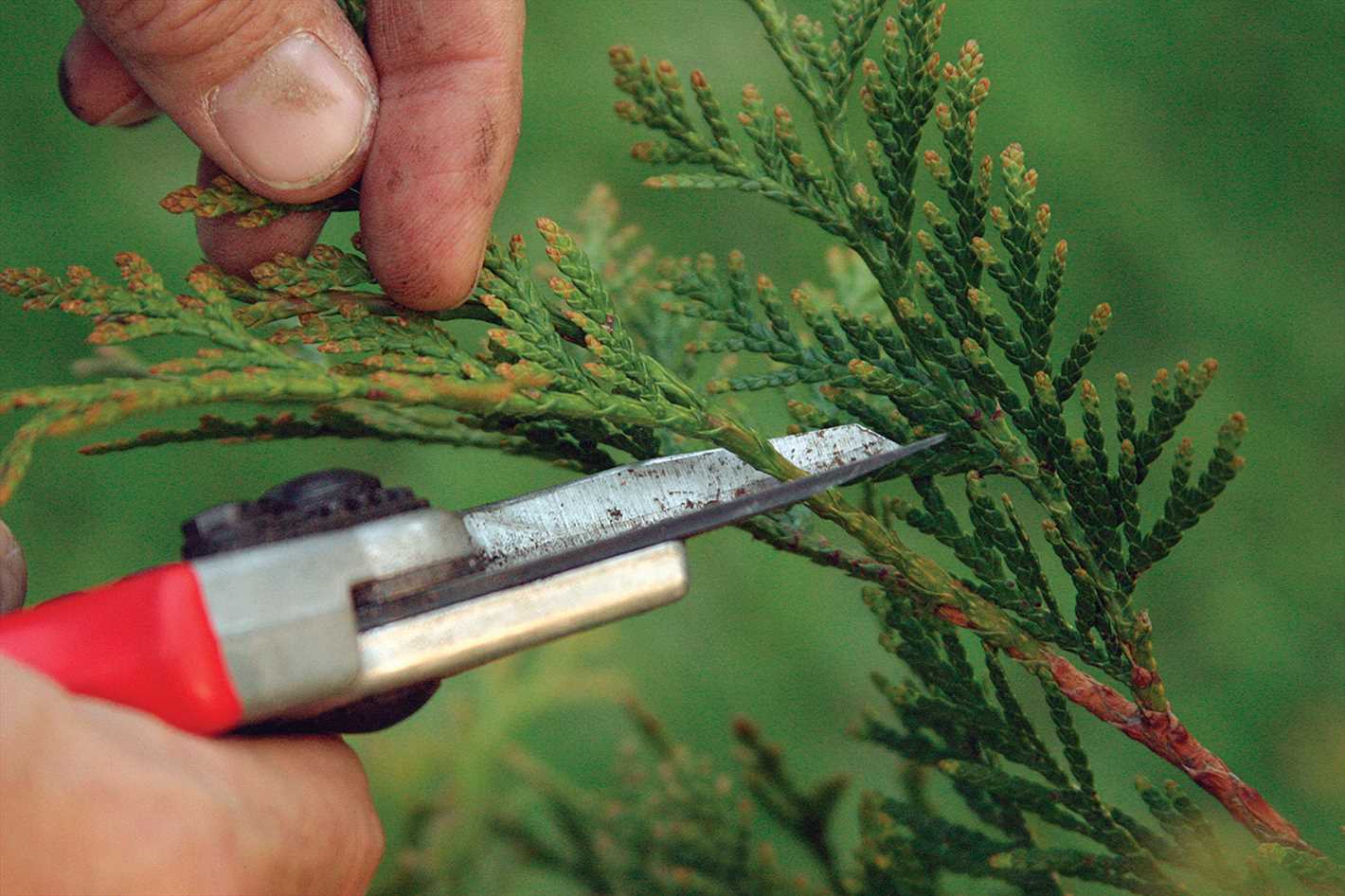
The best time to prune conifers for shaping purposes is in early autumn. Pruning during this time allows the conifer to recover and grow new foliage before the arrival of the harsh winter months. It also reduces the risk of disease and insect infestation that may occur during warmer seasons.
Overall, shaping conifers in early autumn not only ensures healthy growth but also creates vibrant and visually appealing landscapes. With the appropriate techniques and timing, conifers can thrive and contribute to the overall beauty and structure of any outdoor space.
Disease Prevention
Diseases can greatly impair the health and vitality of conifers if not properly managed. Here are some preventive measures to keep your conifers disease-free:
1. Choose Disease-Resistant Varieties
When selecting conifers for your landscape, opt for disease-resistant varieties. These varieties are less susceptible to common diseases and will require less effort to maintain their health.
2. Plant in Well-Drained Soil
Conifers thrive in well-drained soil. Improper drainage can lead to waterlogging and increase the risk of fungal diseases. Ensure that your conifers are planted in soil that allows excess water to drain away.
3. Provide Adequate Air Circulation
Crowded conifers with poor air circulation are more prone to diseases. Avoid planting them too closely together and ensure that there is sufficient space between each plant.
4. Clean and Sterilize Pruning Tools
When pruning conifers, it is essential to use clean and sterilized tools. Dirty or contaminated tools can spread diseases from one plant to another. Clean your tools with a disinfectant solution before and after each use to prevent the spread of diseases.
5. Remove Diseased Plant Material
If you notice any diseased branches or plant material on your conifers, remove them immediately. This will prevent the spread of diseases to healthy parts of the plant and minimize the risk of further damage.
6. Avoid Overwatering
Overwatering conifers can weaken their immune system and make them more susceptible to diseases. Water your conifers only when necessary, and avoid excessive irrigation.
7. Apply Fungicides as Preventive Measures
In some cases, it may be necessary to apply fungicides as a preventive measure against common conifer diseases. Consult with a professional or your local extension office to determine the appropriate fungicide for your specific situation.
| Disease | Prevention |
|---|---|
| Needle Blight | Prune infected branches and promote airflow |
| Rust Diseases | Plant resistant varieties |
| Root Rot | Plant in well-drained soil |
| Cankers | Prune affected branches and maintain tree vigor |
By following these disease prevention tips, you can ensure the health and longevity of your conifers, leading to vibrant and beautiful landscapes.
Pest Control
Preventing Pest Infestation
To ensure the health and vibrant growth of your conifers, it is important to implement good pest control practices. By taking preventive measures, you can minimize the risk of pest infestation.
- Cleanliness: Maintaining a clean garden area by removing fallen leaves, debris, and dead plants can help eliminate hiding spots for pests.
- Proper spacing: Giving your conifers adequate space between them and other plants can prevent the spread of pests from one plant to another.
- Weed control: Regularly removing weeds around your conifers will reduce the likelihood of pests finding their way into the area.
- Regular inspection: Conducting regular inspections of your conifers for signs of pest activity can help identify and tackle any infestations early on.
Identifying Pest Infestation
It is necessary to be able to identify the signs of pest infestation in your conifers. Some common indications include:
- Discoloration: Yellowing or browning of foliage can indicate pest damage.
- Wilting: If the conifer’s branches or needles are wilting or drooping, it could be a sign of pest activity.
- Presence of pests: Spotting pests such as aphids, mites, or caterpillars on your conifers is a clear indication of infestation.
- Bark damage: Chewed or damaged bark can be a result of pests like rodents or beetles.
- Unusual growth: Stunted or deformed growth can be caused by pests feeding on the conifer’s roots or branches.
Controlling Pest Infestation
If you notice signs of pest infestation on your conifers, it is crucial to take immediate action to prevent further damage. Some effective methods for controlling conifer pests include:
- Biological controls: Introducing natural predators or beneficial insects that feed on the pests can help control their population.
- Chemical controls: Using approved pesticides or insecticides specifically designed for conifers can effectively eliminate pests.
- Pruning: Removing heavily infested branches or parts of the conifer can help contain the infestation and promote healthy growth.
- Systemic treatments: Applying systemic insecticides to the soil or trunk of the conifer can provide long-term protection against pests.
Professional Help
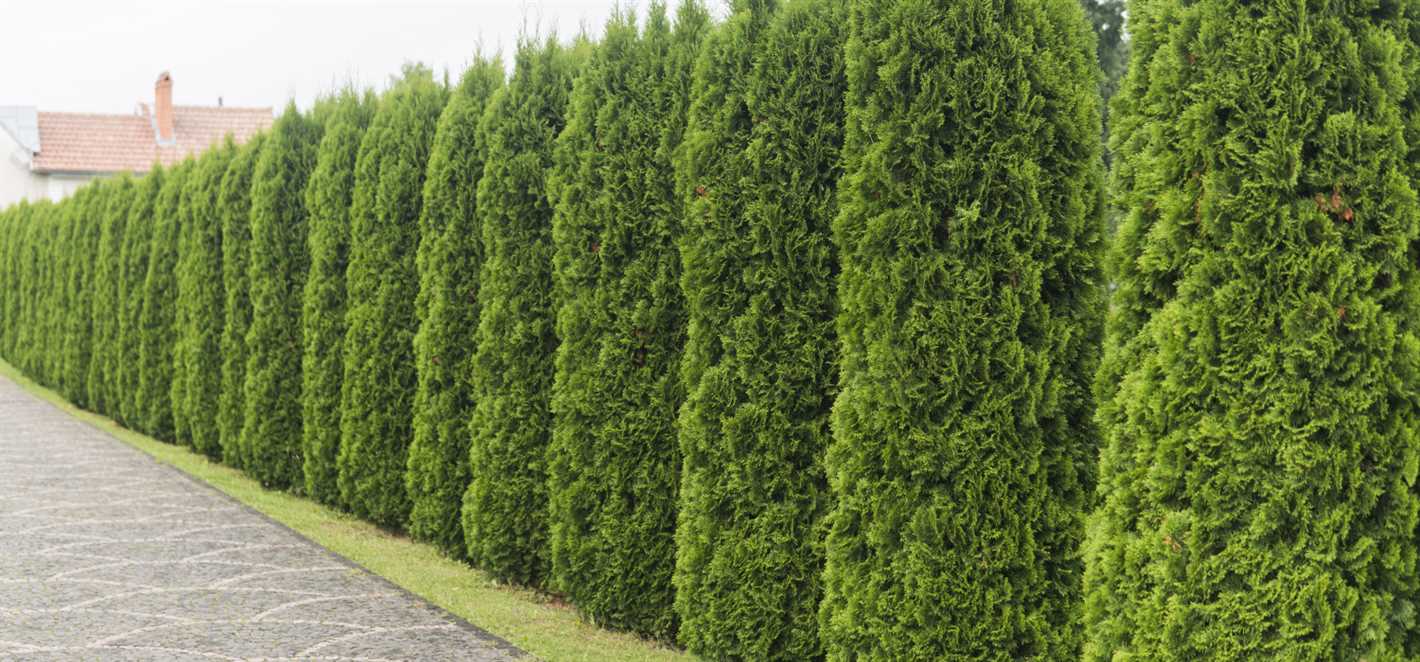
If your conifers are severely infested or you are unsure about the best course of action, it is advisable to seek professional help from a certified arborist or pest control expert. They can accurately identify the pest, recommend appropriate treatments, and ensure the safety of your conifers.
| Pest | Signs of Infestation |
|---|---|
| Aphids | Clusters of small, soft-bodied insects on needles or stems |
| Spider Mites | Fine webbing, small red or brown spots on needles |
| Scale Insects | Small, oval-shaped insects attached to the needles or branches |
| Caterpillars | Chewed or skeletonized needles, presence of silken threads |
Encourage Air Circulation
One important aspect of pruning conifers in early autumn is to encourage air circulation within the tree canopy. Good air circulation helps to prevent the growth of fungus and disease, as well as reduce the risk of insect infestation.
To promote air circulation, remove any dead or diseased branches that may be blocking airflow. These branches can also be a potential source of infection and should be removed as soon as possible.
In addition to removing dead branches, thinning out the tree canopy can also help improve air circulation. This involves selectively removing some of the inner branches to allow more light and air to penetrate the tree. It’s important to note that you should never remove more than 25% of the tree’s foliage in one season, as this can stress the tree and inhibit its growth.
When pruning for air circulation, it’s best to create a natural, open shape rather than trying to achieve a specific form. This allows air to move freely through the tree, reducing the risk of disease and promoting healthy growth.
Improving Light Exposure
One of the key reasons for pruning conifers in early autumn is to improve light exposure. As conifer trees grow and get older, their branches and foliage become denser, causing shade and blocking sunlight from reaching the lower parts of the tree. This lack of sunlight can result in poor growth and a dull appearance.
To address this issue, it is essential to prune the conifers to allow more light to penetrate through the branches. This will not only benefit the tree itself but also enhance the overall appearance of the landscape.
Here are some steps to improve light exposure through pruning:
- Identify areas of shade: Take a close look at the conifer tree and identify areas where the shade is the most significant. These are the areas that need pruning to allow more light to reach the lower parts of the tree.
- Choose the right branches: Select the branches that are causing the most shade and need pruning. It is important to focus on those branches that are blocking sunlight and inhibiting the growth of other plants beneath the conifer tree.
- Remove the branches: Use proper pruning tools, such as pruning shears or loppers, to remove the selected branches. Make sure to cut them close to the trunk or main branch to promote healing and minimize potential damage to the tree.
- Thinning the foliage: In addition to removing individual branches, you may consider thinning the overall foliage of the conifer tree. By selectively removing some of the foliage, you can further increase light penetration and air circulation.
- Regular maintenance: Pruning should not be a one-time event. Regular maintenance is essential to maintain the improved light exposure. Monitor the growth of the conifer tree and continue removing any new branches that may start hindering light penetration.
By improving light exposure through pruning, you can ensure healthy growth and vibrant landscapes. The increased sunlight will benefit not only the conifer tree but also the surrounding vegetation, creating a more appealing and thriving environment.
Questions and Answers:
Can I prune my conifers in early autumn?
Yes, you can prune your conifers in early autumn. Pruning during this time allows for healthy growth and vibrant landscapes.
What are the benefits of pruning conifers in early autumn?
Pruning conifers in early autumn has several benefits. It promotes healthy growth by removing dead or damaged branches, improves the overall appearance of the trees, and allows for better air circulation and light penetration.
How should I prune my conifers in early autumn?
When pruning conifers in early autumn, it is important to use sharp and clean tools to make precise cuts. Start by removing any dead or damaged branches, and then selectively thin out the tree to allow for better air circulation and light penetration. Avoid cutting back too much at once, as this can stress the tree.
Are there any specific conifers that should not be pruned in early autumn?
While most conifers can be pruned in early autumn, there are a few exceptions. Some conifers, such as pines, are best pruned in late winter or early spring. It is always a good idea to research the specific pruning needs of your conifers before starting the pruning process.
How often should I prune my conifers in early autumn?
The frequency of pruning conifers in early autumn depends on the specific needs of your trees. In general, it is recommended to prune conifers every 2-3 years to maintain their health and appearance. However, if you notice any dead or damaged branches, it is important to remove them as soon as possible.







